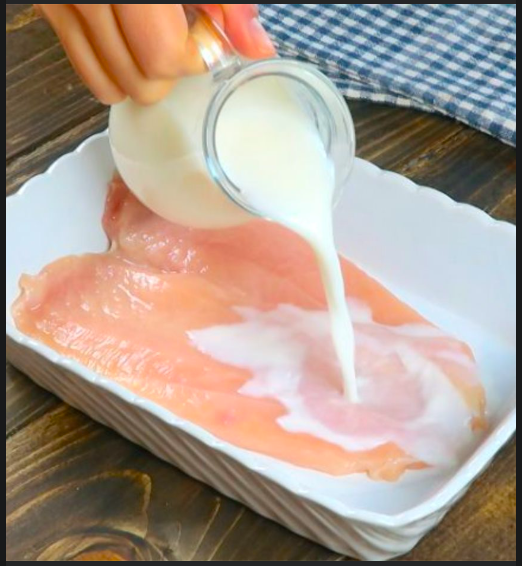When cooking, especially when following cherished family recipes, you might find yourself needing to make ingredient substitutions. If you’re working with a classic recipe that calls for buttermilk to marinate chicken, you may wonder if regular milk can be used as an alternative.
Buttermilk is renowned for its unique tang and tenderizing effects, but what happens if you opt for regular milk instead?

Understanding the differences between these two ingredients and how to adjust your recipe accordingly can help you achieve delicious results even when you’re working with substitutions. Let’s explore the impact of using regular milk in place of buttermilk and how you can make the most of this substitution.
When substituting regular milk for buttermilk in a recipe, especially for marinating chicken, there are a few key considerations to keep in mind:
Key Differences Between Buttermilk and Regular Milk

Acidity: Buttermilk is naturally acidic due to the fermentation process, which helps tenderize the chicken and adds a slight tangy flavor. Regular milk lacks this acidity, so it may not provide the same tenderizing effect or flavor profile.
Tenderizing Effect: The acidity in buttermilk helps break down proteins in the chicken, resulting in a more tender and juicy texture. Regular milk doesn’t have this acidic property, so it won’t tenderize the chicken as effectively. To replicate this, you could add an acidic ingredient to regular milk, such as lemon juice or vinegar.
Flavor Profile: Buttermilk adds a distinct tangy flavor to the chicken, which enhances its overall taste. Regular milk is neutral and lacks this tang, so the final dish might taste slightly different without the buttermilk’s characteristic flavor.
How to Substitute Regular Milk for Buttermilk
If you decide to use regular milk instead of buttermilk, here’s how you can modify the recipe to approximate the effects of buttermilk:

Add an Acidic Ingredient: To mimic the acidity of buttermilk, add 1 tablespoon of lemon juice or white vinegar to 1 cup of regular milk. Stir the mixture and let it sit for about 5 minutes before using it as a marinade. This will give the milk a tangy flavor similar to buttermilk.
Adjust Marinating Time: Since regular milk (even with added acid) may not tenderize the chicken as effectively as buttermilk, you might need to adjust the marinating time. Consider marinating the chicken for a slightly longer period to achieve the desired tenderness.
Monitor Flavor Changes: Be aware that substituting regular milk for buttermilk may alter the flavor of the dish. Taste the marinade before adding the chicken and adjust the seasoning if needed to balance the flavors.
While regular milk can be used as a substitute for buttermilk in a chicken marinade, there are some important differences to consider.
Buttermilk’s acidity provides a unique tenderizing effect and tangy flavor that regular milk lacks. To closely replicate buttermilk, add a bit of lemon juice or vinegar to regular milk. This simple adjustment can help achieve similar results, though the final dish may still have subtle differences in flavor and tenderness. By understanding these nuances and making the right modifications, you can successfully adapt your recipe and enjoy a flavorful and well-marinated chicken dish.

